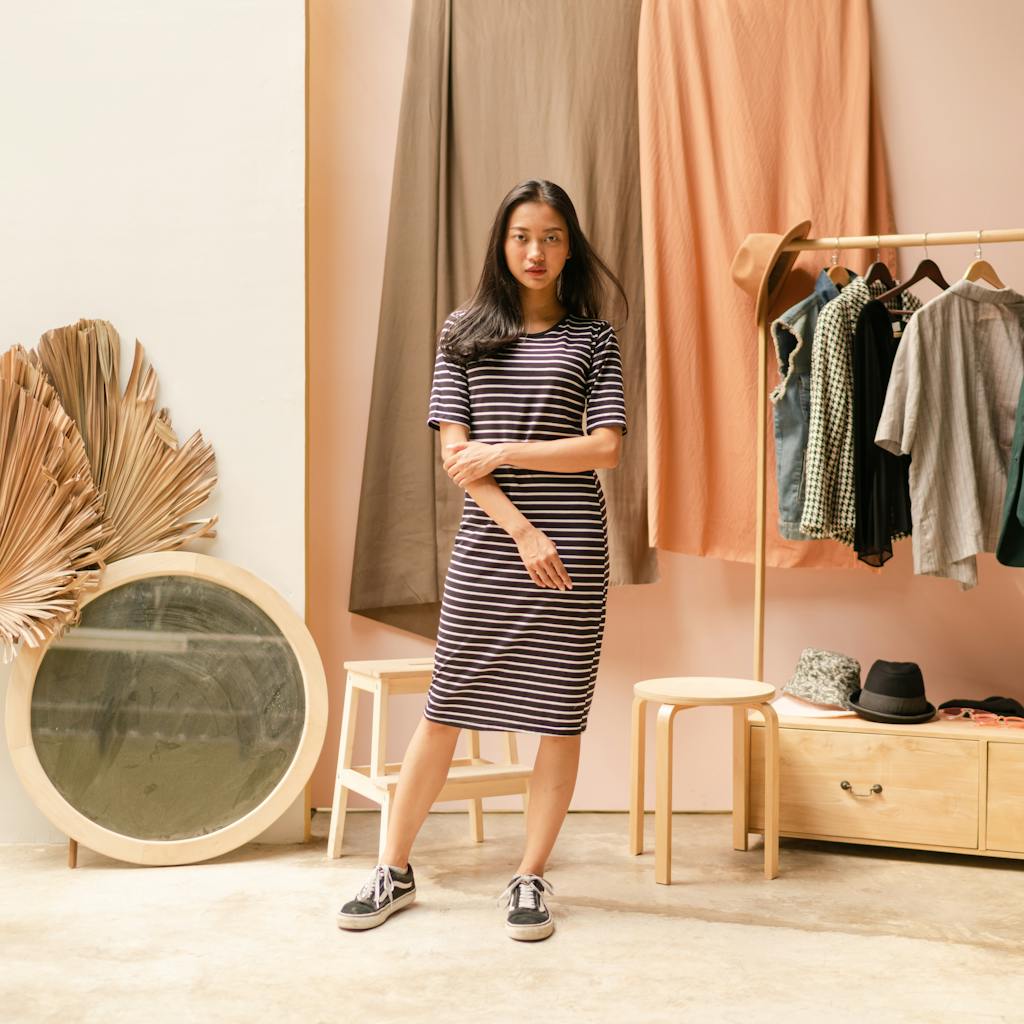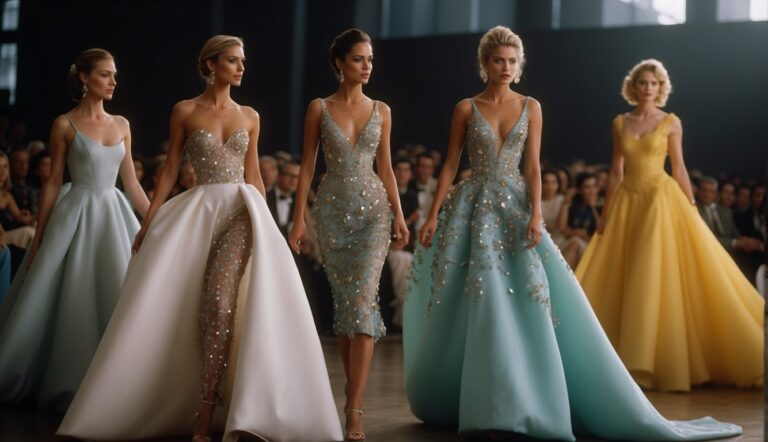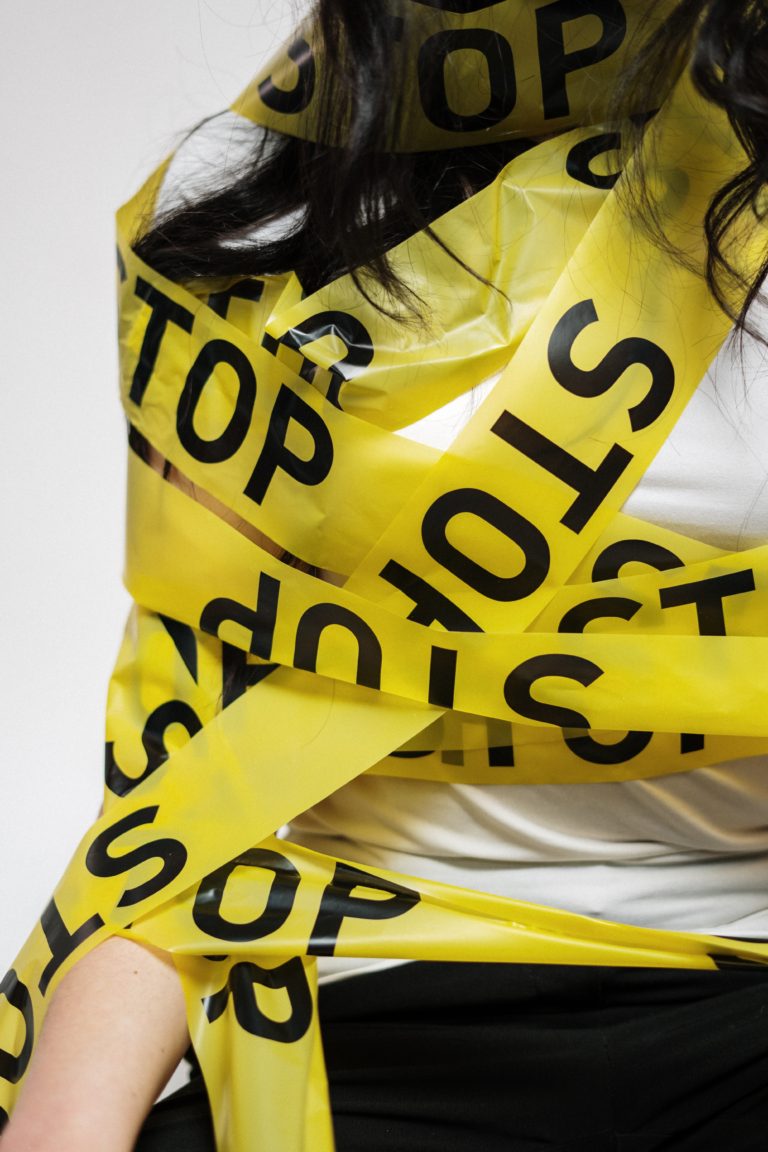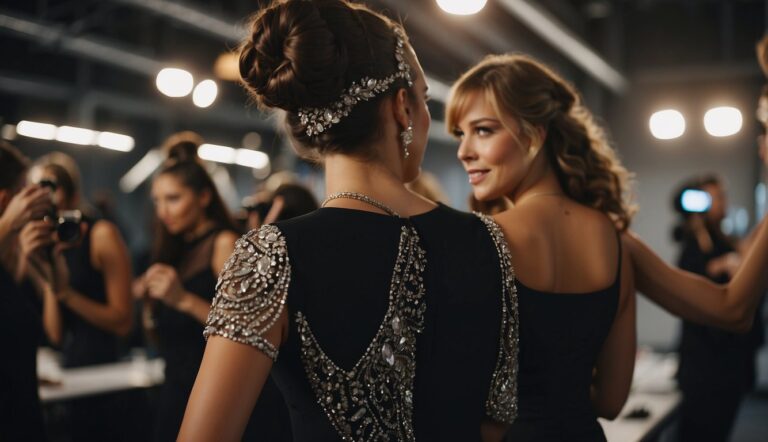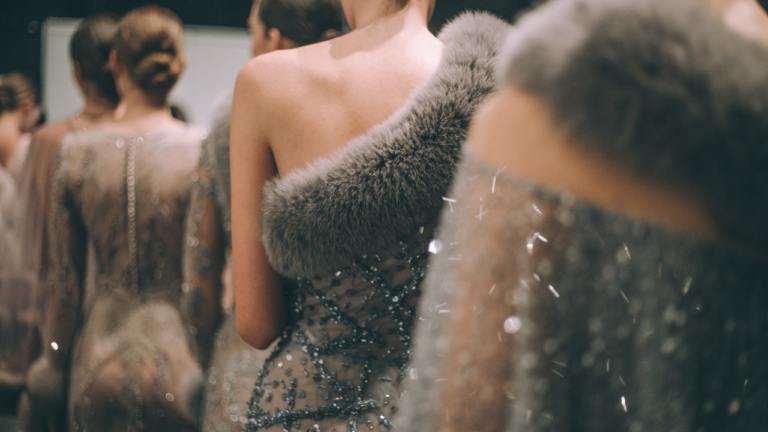8 Tips To Have A Great Sense Of Personal Style
Developing a great sense of personal style is an essential aspect of expressing your individuality. It enables you to look and feel your best, showcasing your unique characteristics and preferences to the world.
Personal style goes beyond simply being fashionable; it’s about discovering and embracing what makes you truly unique.
A great sense of personal style is built on a foundation of understanding your body shape, lifestyle, preferences, and ultimately, what makes you feel good. By cultivating your own aesthetic and building a versatile wardrobe that genuinely represents you, you empower yourself to make confident choices, experimenting with different trends and seamlessly incorporating them into your signature look.
Key Takeaways
- Personal style is vital for self-expression and confidence.
- Know your body shape, preferences, and lifestyle for the best results.
- Combine versatility and personal aesthetic to create your unique look.
1. Identify your body type

To develop a personal style that works best for you, it’s important to understand your body type. Knowing your shape will help you identify the clothing items that will flatter you the most. To determine your body type, take note of the proportions of your shoulders, waist, and hips.
Your body can generally be categorized into one of the following types: hourglass, pear, apple, or rectangle. It is important to remember that these categories serve as guidelines, not rigid rules. Once you’ve identified your body type, research clothing styles and cuts specifically tailored to accentuate your figure.
2. Consider Your Lifestyle and Profession
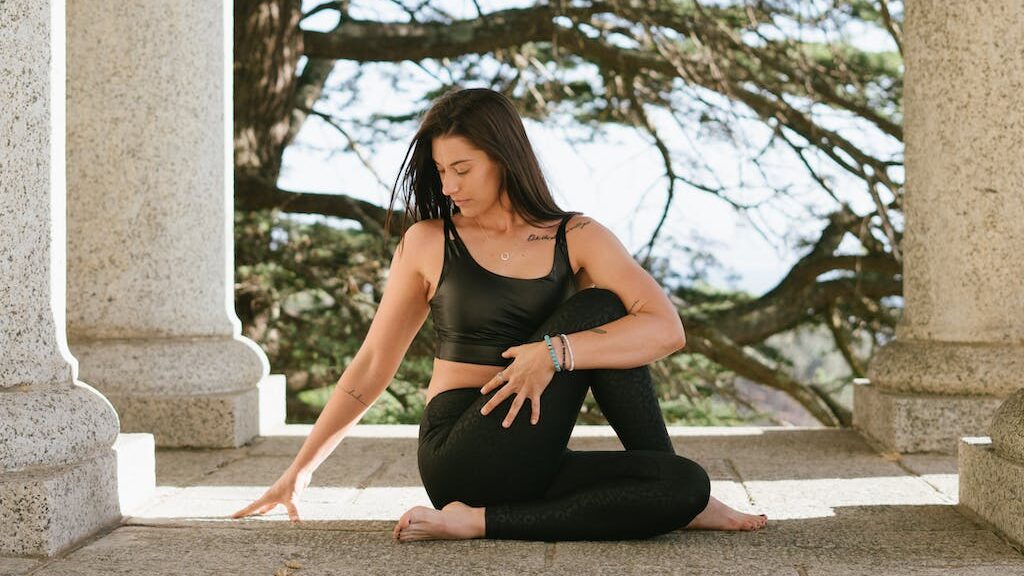
Another key aspect in developing a great sense of personal style is taking your lifestyle and profession into account. This will help you invest in clothes that are meaningful, reliable, and versatile. Make a list of your daily activities and the dress codes that apply to each of them. For example:
- Work: Are you in a corporate environment that requires formalwear, or is your workplace more casual?
- Social life: Do you attend events that require specific attire or have an active outdoor lifestyle?
- Hobbies: If you have hobbies like sports or dancing, consider incorporating these activities in your wardrobe.
Once you’ve considered your various activities and dress codes, look for versatile pieces that can easily transition from one setting to another, such as a classic blazer or a well-fitting pair of jeans. This way, your personal style will be adaptable and functional, while still reflecting your individual preferences.
3. Incorporate Trendy Items Slowly
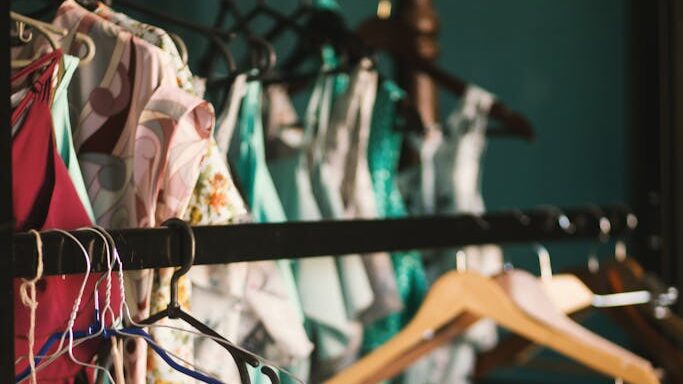
Incorporating trendy items into your wardrobe can be a fun way to experiment with new styles. However, it’s important to do so responsibly. Focus on adding a few key trendy pieces per season that complements your existing wardrobe rather than going overboard.
This way, you can update your look without breaking the bank or creating excessive waste. This also helps you find out if you really liked a trend or not. Ask yourself often do you wear it often?
Always prioritize quality over quantity. Instead of impulsively buying inexpensive, fashionable items, take the time to find well-made trendy pieces that will last for a longer period.
4. Pay Attention to Fabrics and Textures you enjoy
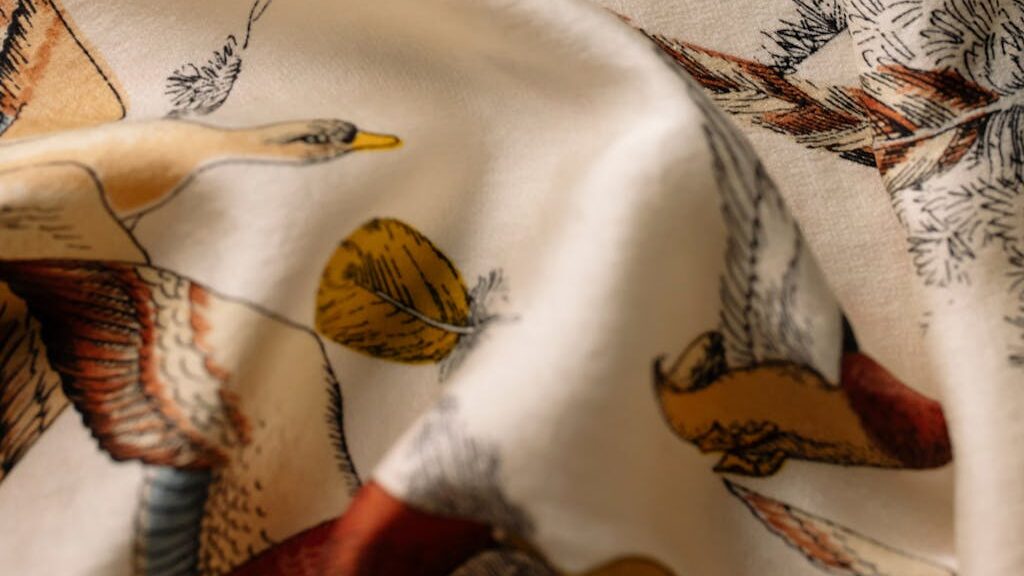
When building a versatile wardrobe, it’s essential to choose the right fabrics and textures. Opt for naturally-derived fabrics such as cotton, silk, and linen for breathability and comfort.
Additionally, consider incorporating various textures into your wardrobe. This can make your outfits more visually appealing and provide an added layer of depth to your style. Remember that texture can come from various sources, such as fabrics (e.g., velvet or corduroy), accessories (e.g., scarves or jewelry), or even patterned clothing (e.g., stripes or plaid).
Here’s a simple guide to select the right fabrics for different occasions:
| Occasion | Recommended Fabrics |
|---|---|
| Formal events | Silk, wool, cashmere, satin |
| Casual events | Cotton, linen, denim, chambray |
| Outdoor events | Waterproof/resistant materials |
5. Invest in Timeless Wardrobe Pieces
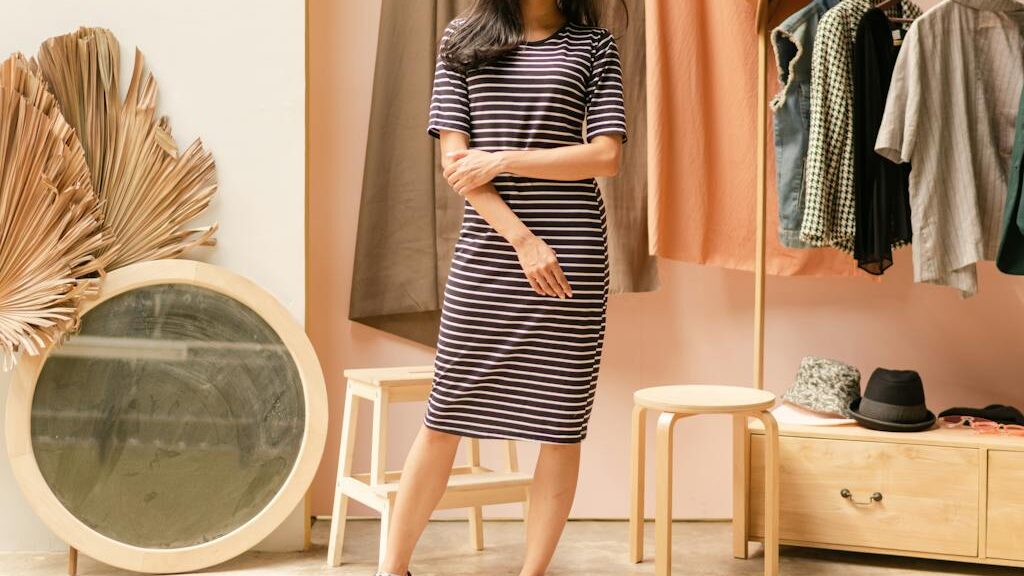
Building a versatile wardrobe also involves investing in classic, timeless pieces that can be easily mixed and matched with trendy items. These pieces should be of high quality and well-tailored to ensure they last for years to come. Some examples of timeless wardrobe essentials include:
- A crisp white button-up shirt
- A little black dress
- A well-fitted blazer
- Tailored trousers
- A classic trench coat
- Simple, elegant jewelry
Remember, a well-crafted wardrobe requires a balance between trendy and classic items. By incorporating trendy items responsibly, choosing the right fabrics and textures, and investing in timeless wardrobe pieces, you can be confident in your ability to develop and maintain a great sense of personal style.
6. Create A Mood Board
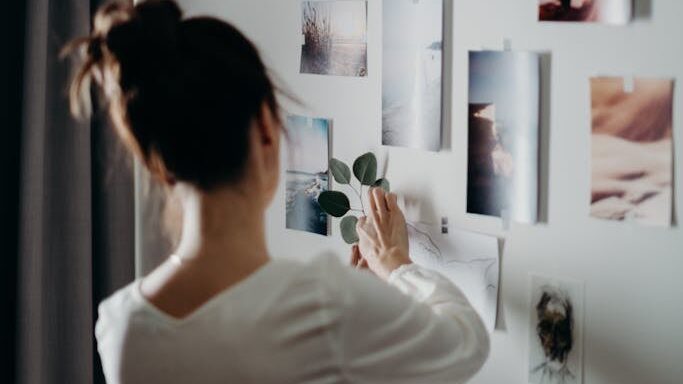
The pinterest girls really know what it means to create a mood board. Pinterest is a great way to start and learn how what you could possibly want for your sense of style because it is full of inspiration.
Creating a mood board allows you to collect and visualize your interests, preferences, and desired aesthetic. Start by gathering images, colors, patterns, and styles that resonate with your personal fashion sense.
You could even use a physical collage on a bulletin board. The goal is to create a visual representation of your style to use as a reference. Be sure to update your mood board as your tastes evolve.
This will help you define the style you truly want. To do so, begin by identifying the key elements, patterns, and colors that are most prevalent in your wardrobe. Then, think about what clothing items make you feel most confident and comfortable.
Next, consider the following questions:
- What words would you use to describe your desired aesthetic?
- What types of clothing items do you gravitate toward?
- Are there any recurring themes or patterns in your wardrobe?
- What kind of materials, textures, or colors do you prefer?
Based on your answers, you can begin to define your signature style. This can encompass a blend of multiple styles, such as casual, sophisticated, or avant-garde. Remember that your personal style will evolve over time, so it’s crucial to be open to change and experimentation. Embrace your individuality and use your personal aesthetic as a way to express your unique identity.
7. Find out your fit
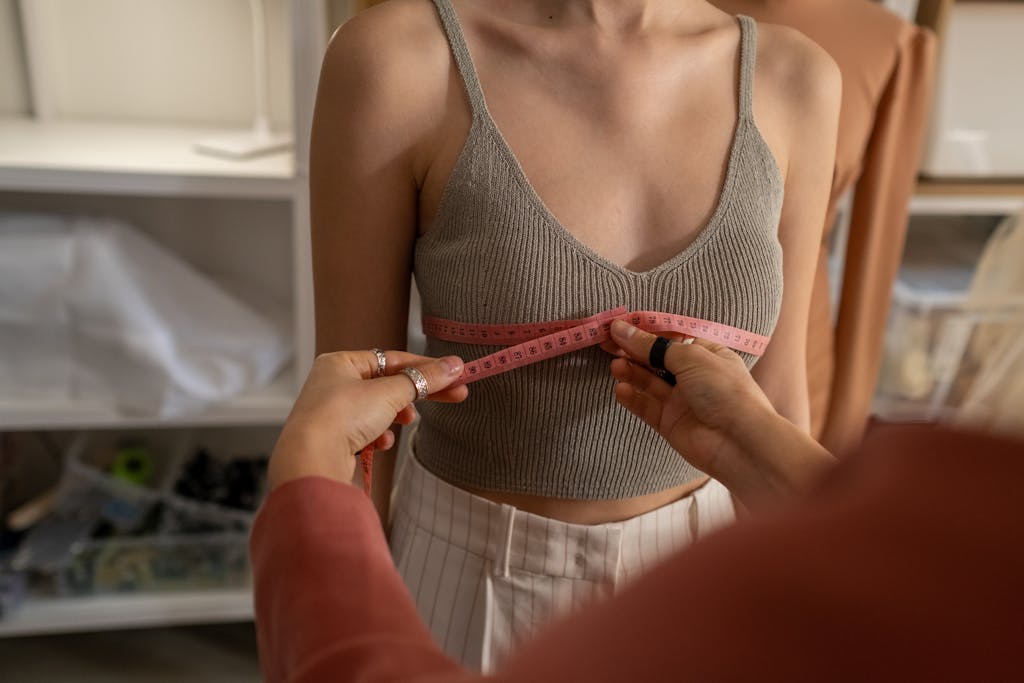
Take the time to measure your body — including your chest, waist, hips, and inseam — and use these numbers to select the right size clothing. Keep in mind that sizes may vary slightly between different clothing brands. When trying on clothes, make sure they’re neither too tight nor too loose, as this can detract from your overall outfit.
This leads to becoming comfortable with tailoring. Sometimes, finding the perfect fit for your clothes may be challenging, particularly with off-the-rack garments. In these instances, tailoring can make a significant difference. Professional tailors can adjust the length, waist, or shoulders of your clothes to ensure a better fit.
A well-tailored pant, for example, adds polish to your outfit and reflects your attention to detail. Customization transforms ordinary clothes into unique and distinctive ensembles that showcase your personal style.
Consider adding personal touches, such as embroidered monograms, patches, or buttons, to make your outfits stand out. Remember, a few intentional and well-placed alterations can elevate your entire wardrobe and leave a lasting impression on others.
8. Are You Gold Or Silver? Time to accessorize
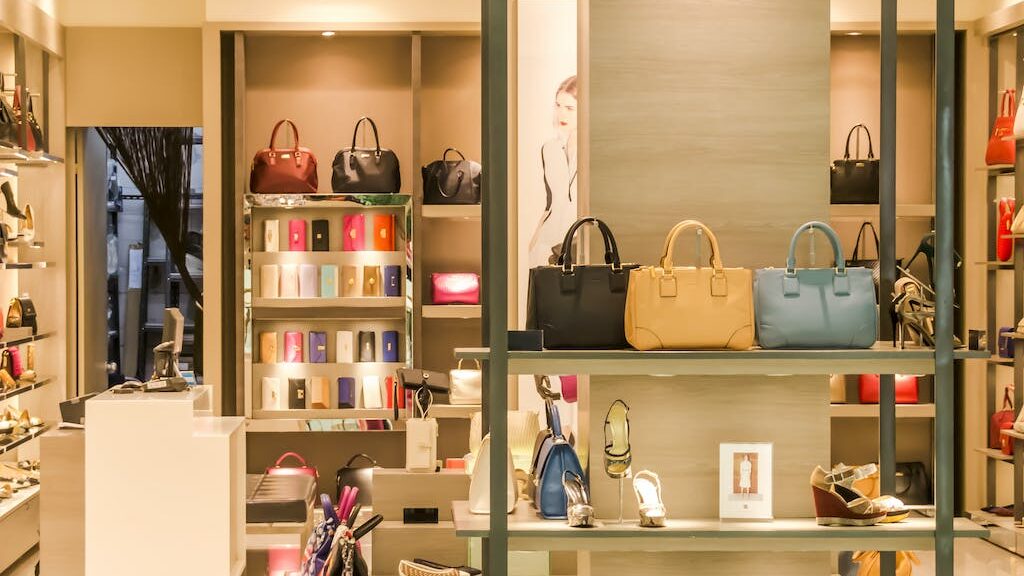
When developing your personal style, accessorizing is key. When it comes to accessories, especially jewelry, knowing your skin tone is key to finding out what looks best on you and brings out a bright, glowing look.
Find out if you are warm or cool toned, and if gold or silver jewelry look better on you. After jewelry, then it gets easier to accessorize with other items such as shoes, bags, and belts.
Accessories can elevate any look and express your unique style. To choose the right accessories, consider your outfit, activity, and the image you want to convey. Always be mindful of the balance between your accessories and your outfit. If your outfit is bold, opt for more subtle accessories. If your outfit is simple, don’t be afraid to make a statement with your accessories. Here are some accessories to consider:
- Shoes: Choose shoes that complement your outfit. Consider the color, style, and level of formality.
- Bags: Your bag should be functional for your needs, while also enhancing your look. Think about size, color, and style in relation to your outfit.
- Jewelry: Don’t be afraid to experiment with different colors, metals or styles of jewelry. Aim for a cohesive look by considering the other accessories in your ensemble.
- Belts: Use belts to add a finishing touch to your outfit or to accentuate your waist.
Mixing and Matching Accessories
Knowing how to mix and match accessories is an essential skill for developing a great sense of personal style. To do this effectively:
- Pay attention to the scale of your accessories: Large statement pieces can be balanced with smaller, more delicate pieces.
- Mix different materials: Combining various textures can create an interesting and dynamic look.
- Coordinate colors: Ensure your accessories share a similar color palette with your outfit.
- Don’t overdo it: Remember the balance between your outfit and accessories.
By following these tips, you can confidently accessorize your look and develop a unique and stylish personal wardrobe.
